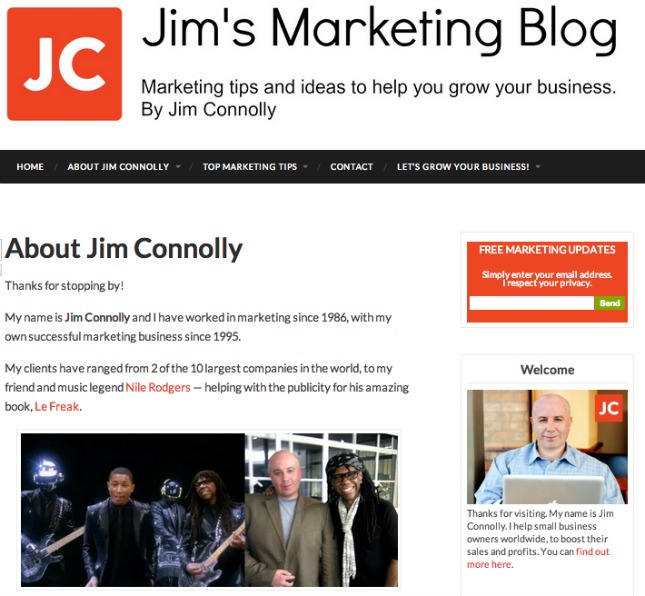
If you’re currently following marketing advice, yet your business isn’t achieving the results you need, this post is just for you.
The problem with general marketing advice
I’m fortunate to work every day with clients worldwide. Since starting my business in 1995, I’ve worked with clients in over 40 countries. This has given me a wonderful insight into the differences, when it comes to successfully marketing in various parts of the world.
What I have found, is that some very popular marketing publications and marketing blogs are either unaware of the differences or they choose to ignore them. Instead, they tend to offer general advice, which is provided as THE WAY to do something, when it’s often totally unsuitable for many of their readers.
One very often repeated piece of bad advice is, “the best time to publish your newsletter, blog post or social media updates”. There is no general, one-size-fits all answer to this.
Here’s the thing: Different countries have different working cultures. For example, my American clients usually start work earlier than my European clients, however, my European clients often work later. So, if your business is in Europe and you’re reading a marketing blog for American businesses 9or vice versa, any information on the best time to publish something is incorrect.
Equally, even within the same countries, different industries work different hours. For example, designers, developers and those in the hospitality industry, often work later than other industries. So, using generic advice on the “best time to publish”, even if it’s from a locally-based marketing expert, is a waste of your time and money.
There’s more
I see equally inaccurate information shared on content marketing blogs. No distinction is made between the kind of copy required to sell expensive, professional services — and the kind of copy needed to build an affiliate website or sell low priced items. A very different approach is required for each of these. As a result, I get emails from professionals with terrible blogs, newsletters and websites, who want to know why their readership isn’t growing and why they get few if any enquiries.
(Note: To find out what happened to one of my readers when she took that kind of advice, read this.)
Those examples of non-specific, general advice are sadly typical of what I see many hard-working small business owners waste time and money on. So, before you use general marketing advice, make sure it’s applicable to your business. If it isn’t, that free advice could lose you a fortune.











